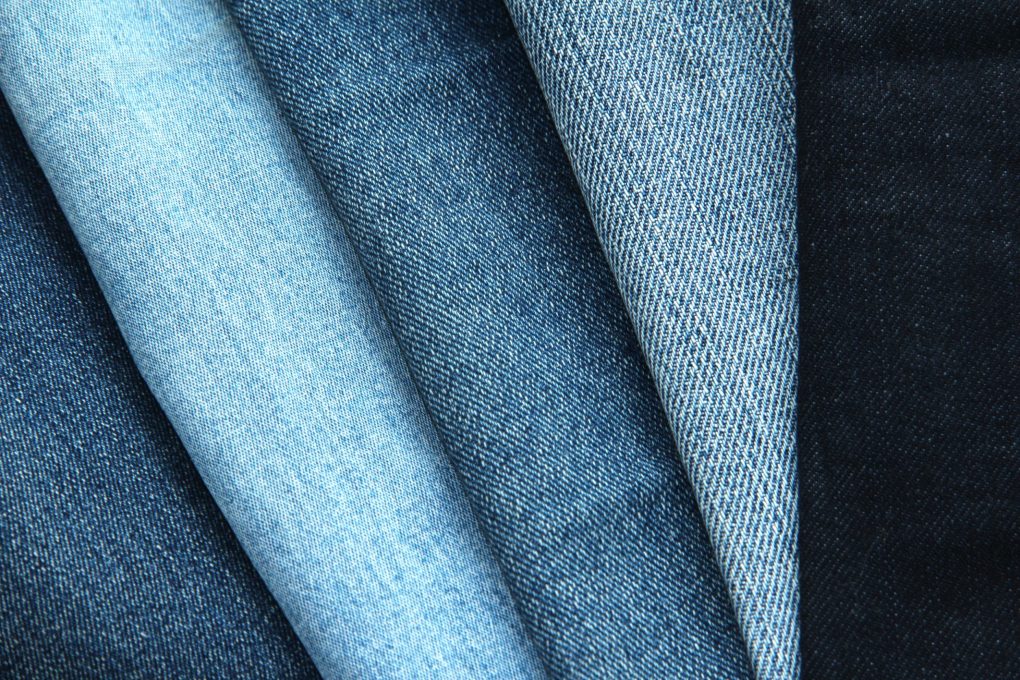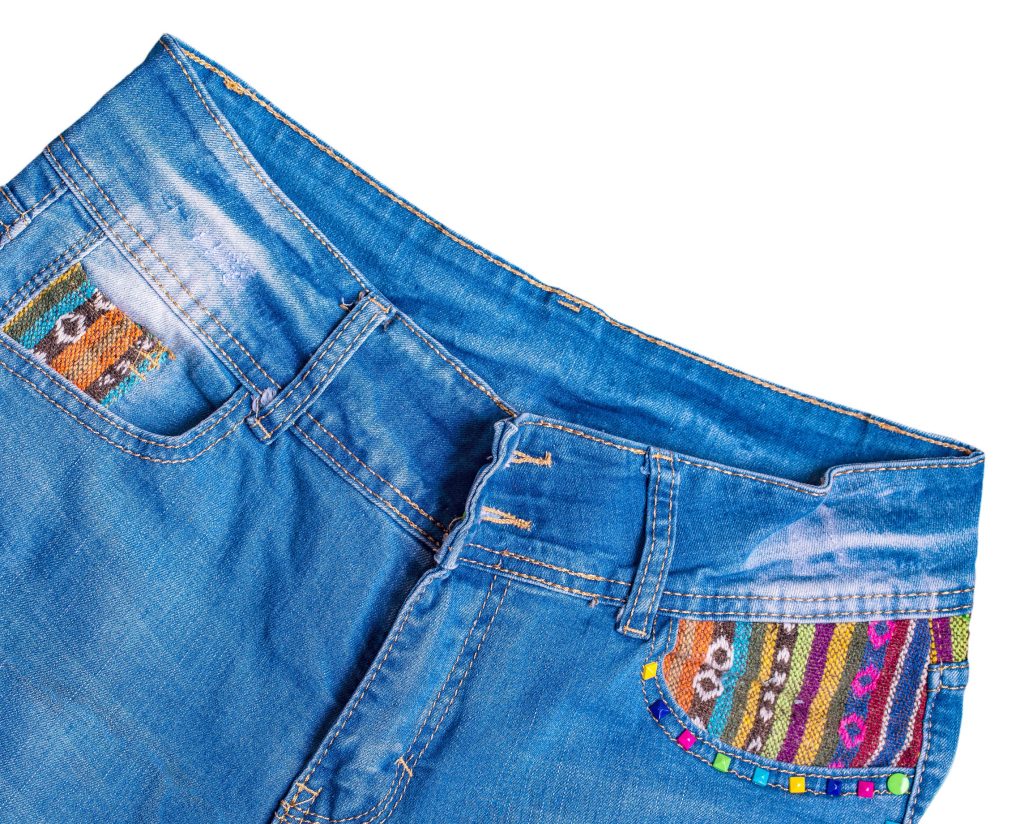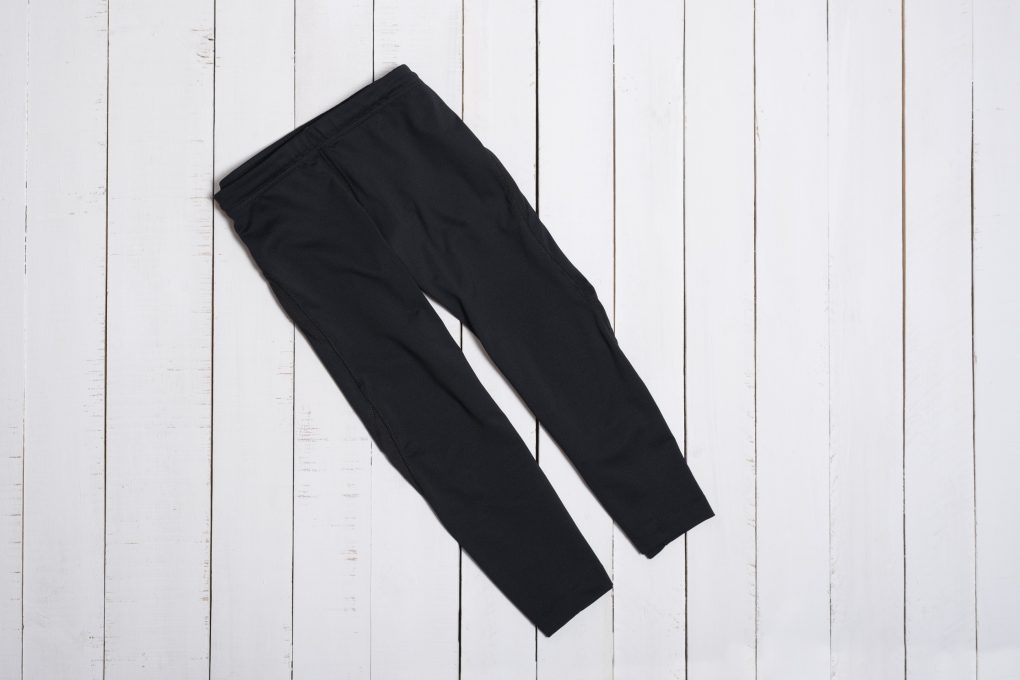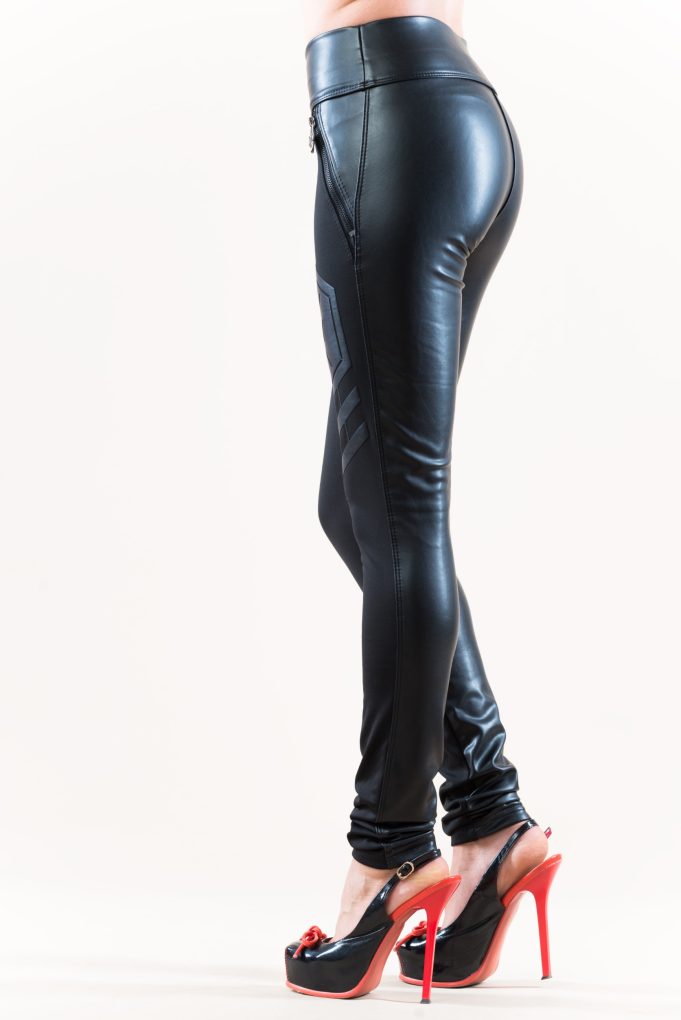Are Jeans or Leggings Warmer: Comparing the Two for Winter Wear
Jeans are warmer than leggings. Jeans are usually made from thicker, heavier material than leggings, and the denim fabric can provide some insulation against the cold. However, denim is not an ideal insulator, and more than jeans may be needed to keep you warm in very cold temperatures. Additionally, jeans can be quite stiff and restrictive, making them uncomfortable to wear for long periods.




Leggings, on the other hand, are typically made from thinner, stretchier material than jeans. While they may not provide as much insulation as jeans, they can still provide warmth and be worn comfortably under other layers, such as long sweaters or coats. Additionally, leggings can be more flexible and comfortable to wear than jeans, making them a popular choice for activities such as yoga or dance.
Fabric and Material
Jeans Material
Jeans are typically made of denim, a tightly woven cotton fabric. Denim is known for its durability, according to Science Direct. It is also a heavy fabric that can provide some insulation against the cold, but the thickness of the denim can vary depending on the style of the jeans, and some styles may not be as warm as others.


Another factor to consider is the wash of the jeans. Lighter washes tend to be made of thinner denim, while darker washes are made of thicker denim. This means that darker-wash jeans may be warmer than lighter-wash jeans.
Leggings Material
Leggings are typically made of various materials, including cotton, spandex, polyester, and nylon. The type of material used can affect the warmth of the leggings.


Cotton leggings are generally not as warm as leggings made of other materials, such as fleece or wool. Fleece leggings are a popular choice for colder weather, as they are soft and warm. Wool leggings are also good for warmth, as wool is a natural insulator.
Another factor to keep in mind is the thickness of the leggings. Thicker leggings, such as those of fleece or wool, will generally be warmer than thinner leggings of cotton or spandex.
Insulation and Warmth
When choosing between jeans and leggings, one of the main factors to consider is insulation and warmth. Both jeans and leggings have unique properties that affect their ability to keep you warm in colder temperatures.
Jeans Insulation


Jeans are typically made of heavy, tightly woven cotton fabric denim. This fabric is not very breathable, so it can trap heat close to your body, keeping you warm. However, the thickness and weight of the denim can differ greatly depending on the style and brand of the jeans. Some jeans are designed to be more lightweight and breathable, which can make them less effective at keeping you warm in colder temperatures.
Another factor to consider when it comes to jeans insulation is the fit. For example, tight-fitting jeans can help trap heat close to your body, while looser-fitting jeans may not keep you warm.
Leggings Insulation


Leggings are typically made of various materials, including cotton, polyester, spandex, and nylon. These materials can vary in thickness and weight, affecting their ability to keep you warm in colder temperatures. However, many leggings are designed to be more lightweight and breathable than jeans, making them a better choice for layering in colder weather.
Fit and Comfort
When it comes to deciding between jeans and leggings, comfort is a major consideration. Both jeans and leggings come in various fits, so it’s important to find the right style that suits your body type and personal preferences.
Jeans Fit and Comfort


Jeans can be made from various materials, including denim, corduroy, and stretchy blends. The fit of jeans can range from skinny to relaxed and can have a high or low rise. When it comes to warmth, thicker materials like denim and corduroy tend to be warmer than thinner, stretchy blends. However, thicker materials can also be less comfortable and restrict movement.
When it comes to comfort, finding the right fit is key. Too-tight jeans can be uncomfortable and restrict movement, while too-loose jeans can be unflattering and slide down. So it’s crucial to find a pair of jeans that fit well around the waist, hips, and thighs.
Leggings Fit and Comfort


Leggings are made from stretchy materials like spandex, polyester, or nylon. The fit of leggings can range from a tight, compression fit to a looser, more relaxed fit. When it comes to warmth, thicker materials like fleece-lined leggings tend to be warmer than thinner, more breathable materials.
Regarding comfort, leggings are often praised for their stretchy, form-fitting nature. However, finding the right fit is still important. Based on experience, leggings that are too tight can be uncomfortable and restrict movement, while leggings that are too loose can slide down or bunch up. So it’s important to find a pair of leggings that fit well around the waist, hips, and thighs.
Durability and Longevity
Jeans Durability and Longevity


Jeans are known for their durability and longevity. They are made of sturdy denim fabric that can withstand wear and tear. Jeans can last for years and even decades if properly cared for. One of the main reasons why jeans are so durable is because of the way they are constructed and have reinforced seams and pockets, which make them less likely to tear or rip.
Additionally, denim is a strong, thick fabric that can withstand repeated washing and drying. However, the durability and longevity of jeans can vary depending on the quality of the fabric and the construction. For example, cheaper jeans made with lower-quality denim may not last as long as more expensive jeans made with higher-quality materials.
Leggings Durability and Longevity


Leggings are generally less durable than jeans because they are made of thinner and more stretchy fabrics. However, leggings made with high-quality materials can still be quite durable and long-lasting. One of the main factors that affect the durability of leggings is the quality of the fabric. Leggings made with cheap and thin materials may start to pill or tear after just a few wears.
On the other hand, leggings made with thicker and more durable materials like spandex, nylon, or polyester can last for years. Another factor affecting leggings’ longevity is how they are cared for. Leggings should be washed in cold water and hung to dry to prevent shrinkage and damage to the fabric. Putting leggings in the dryer can cause them to shrink and lose shape, shortening their lifespan.
